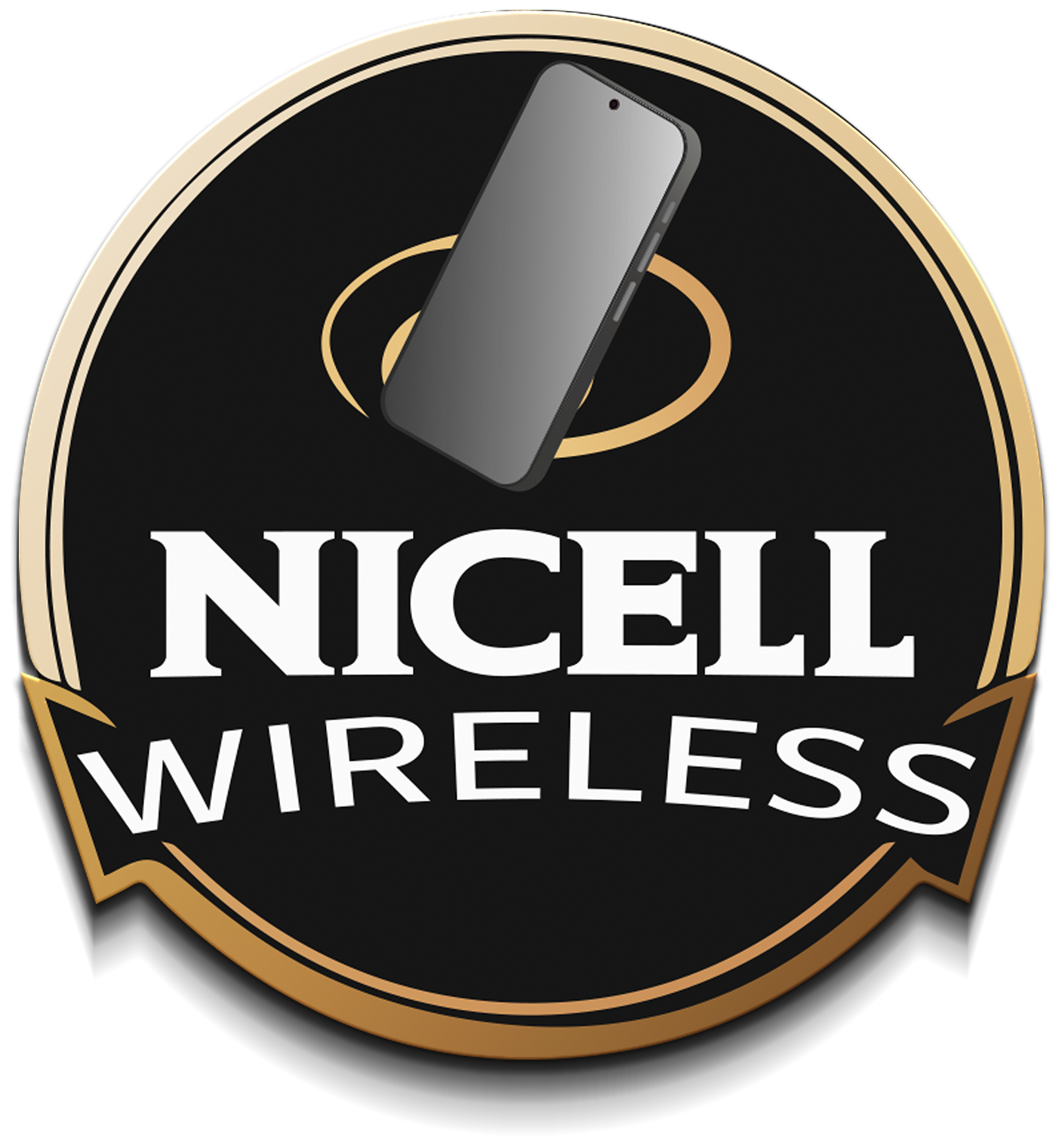The Evolution of Phone Screens: From LCD to OLED
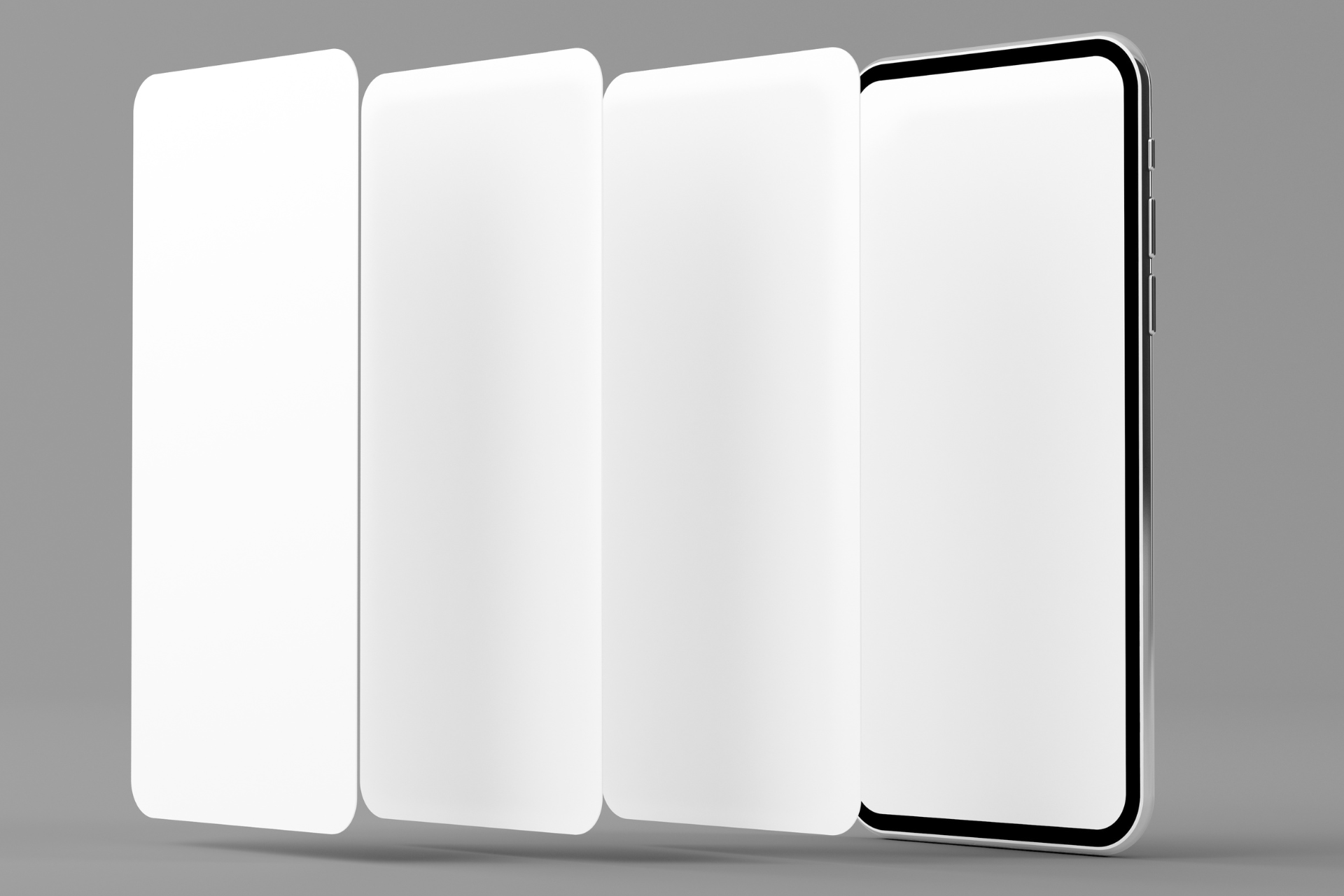
In the ever-evolving world of smartphones, one crucial component stands out - the screen. We use our phones for everything from communicating with loved ones to watching our favorite shows, making the quality and technology of our phone screens crucial. It's fascinating to see how far phone screens have come, especially when comparing LCD to OLED technology. Join us as we dive into the evolution of phone screens, from LCD to OLED, and explore the impact this transformation has had on the way we interact with our devices.
Nicell Wireless: Your Go-To Destination for Cell Phone Repairs in Salt Lake City
At Nicell Wireless, we understand the importance of a properly functioning phone screen. As a leading cell phone repair company in Salt Lake City, we specialize in repairing iPhones, Samsung phones, laptops, computers, and gaming systems. We are committed to providing top-notch repair services to ensure that you can stay connected without any interruptions. Additionally, we offer unlocked phones, mobile plans, and home internet services to meet all of your tech needs under one roof.
LCD Screens: The Old Reliable
LCD (Liquid Crystal Display) screens were once the gold standard in phone technology. These screens work by using liquid crystals that are illuminated by a backlight to create images. While LCD screens provided decent picture quality and were cost-effective to produce, they did have some drawbacks. One common issue with LCD screens is the limited color reproduction and contrast levels, which could result in a less vibrant viewing experience for users.
Moreover, LCD screens required a separate backlight, leading to thicker and heavier devices. Despite these limitations, LCD screens were a predominant feature in most smartphones for many years. However, as technology advanced, a new player entered the scene - OLED.
OLED Screens: The Game-Changer
Enter OLED (Organic Light-Emitting Diode) screens - the game-changer in the world of phone displays. OLED screens work by using organic compounds that emit light when an electric current passes through them. This technology allows for each individual pixel to emit its light, resulting in deeper blacks, vibrant colors, and higher contrast ratios compared to LCD screens.
One of the key advantages of OLED screens is their flexibility. These screens can be made thinner and lighter since they do not require a separate backlight. This has paved the way for innovative designs such as curved and foldable displays, giving users a more immersive and versatile viewing experience.
Nicell Wireless: Your OLED Screen Repair Experts
As smartphones continue to adopt OLED technology, it's essential to have a reliable repair service on hand in case of any screen issues. At Nicell Wireless, our team of experts is well-equipped to handle OLED screen repairs for a variety of devices. Whether you have a cracked screen, dead pixels, or display issues, we've got you covered. Our quick and efficient repair services will have your device looking good as new in no time.
The Future of Phone Screens
With OLED technology leading the way in phone displays, the future looks bright for smartphone screens. Manufacturers are constantly pushing the boundaries of screen technology, working on advancements such as microLED displays and improved foldable screens. As phone screens continue to evolve, users can look forward to even more immersive and visually stunning experiences right at their fingertips.
In conclusion, the evolution of phone screens from LCD to OLED has revolutionized the way we interact with our devices. OLED screens offer superior image quality, vivid colors, and a more immersive viewing experience compared to their LCD counterparts. As a leading cell phone repair company in Salt Lake City, Nicell Wireless is here to provide top-notch repair services for all your OLED screen needs. Stay connected, stay informed, and stay ahead with Nicell Wireless.

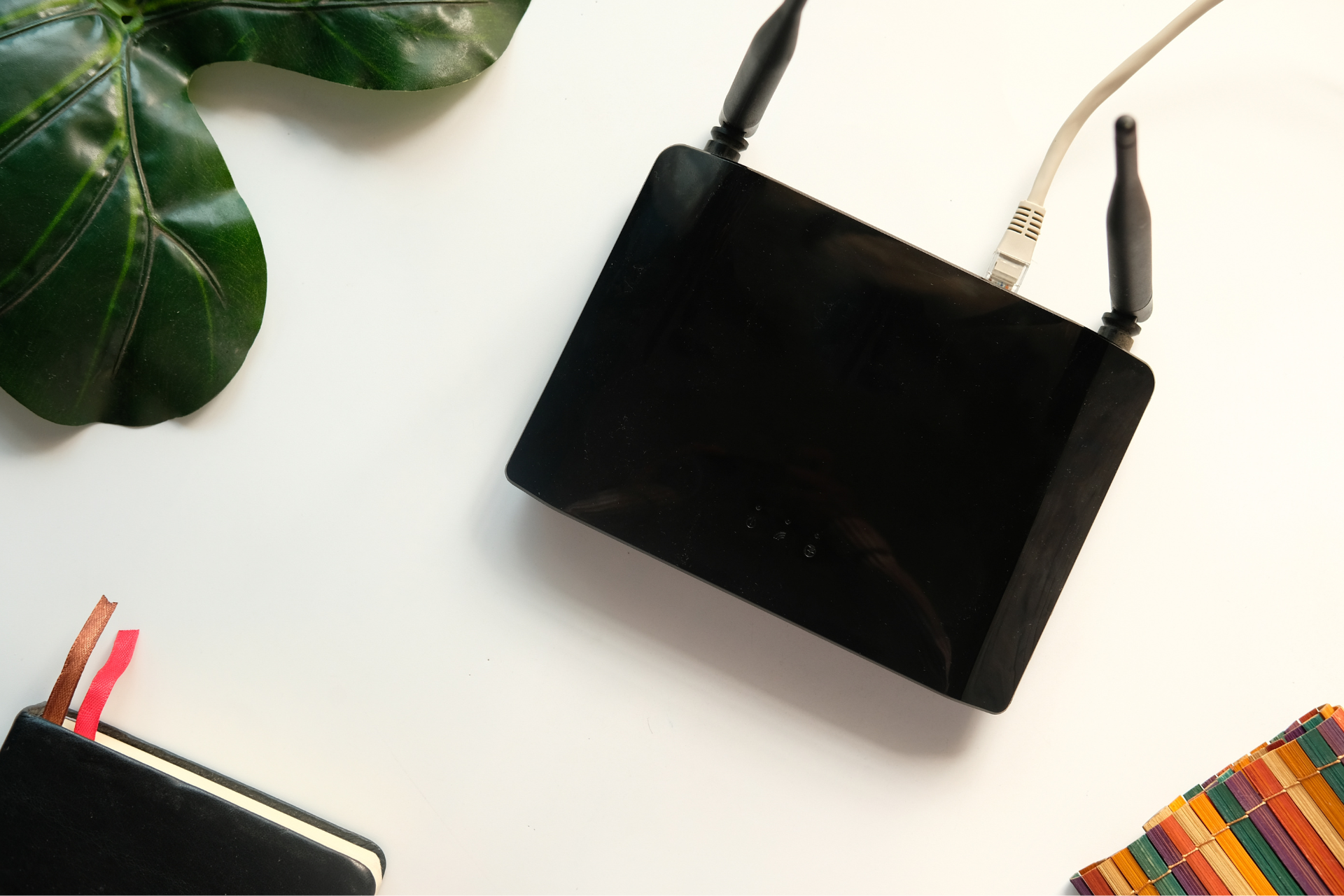

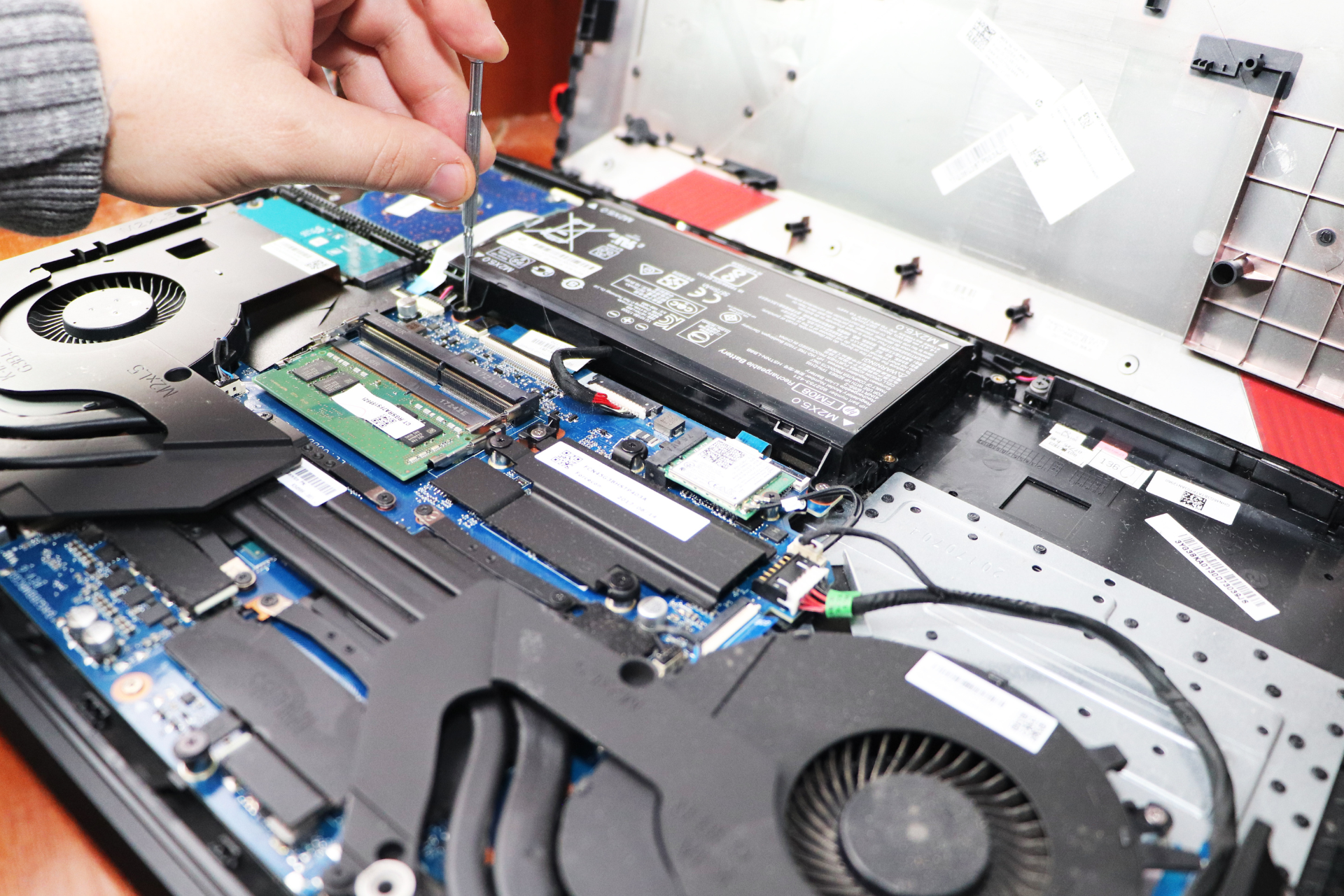

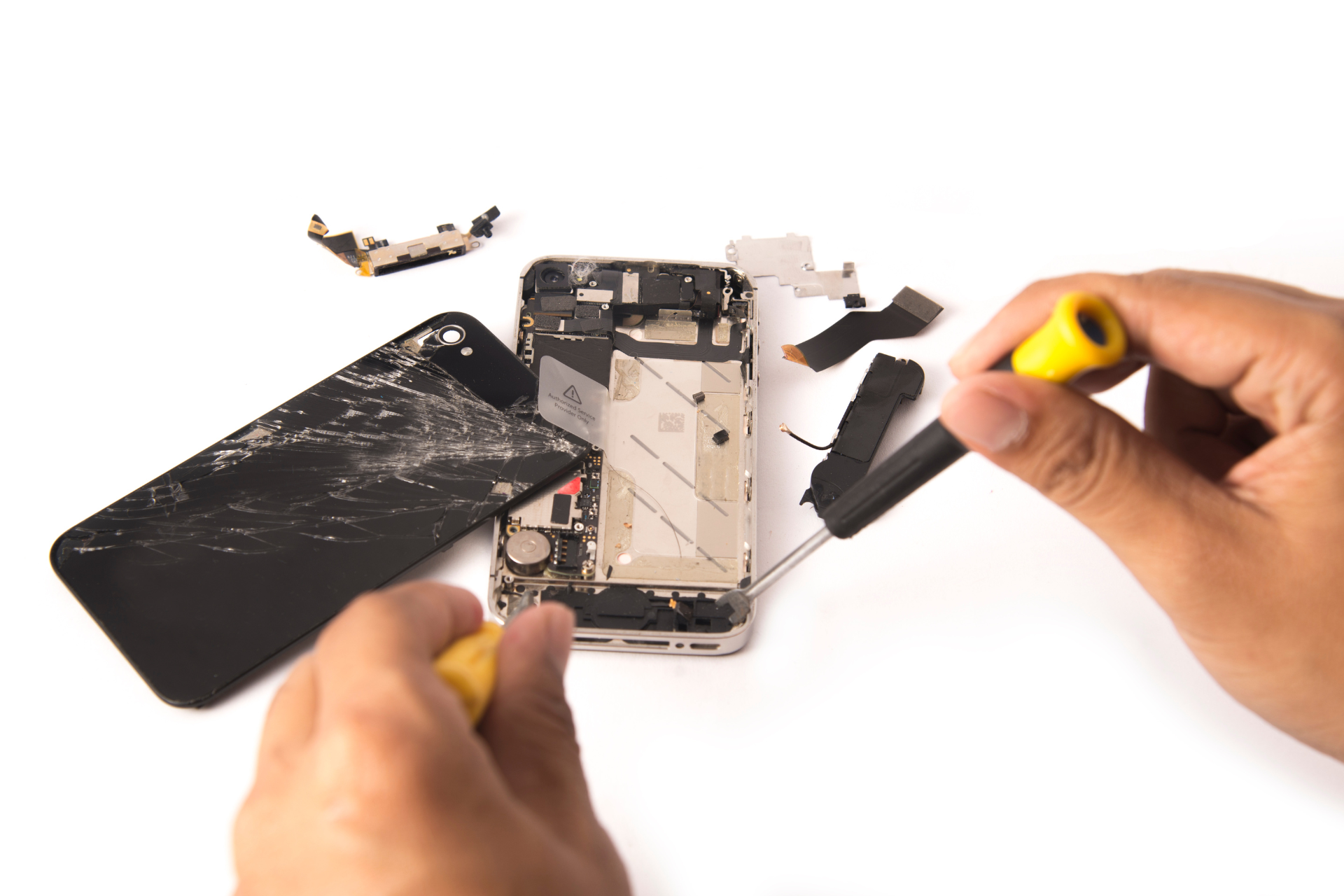
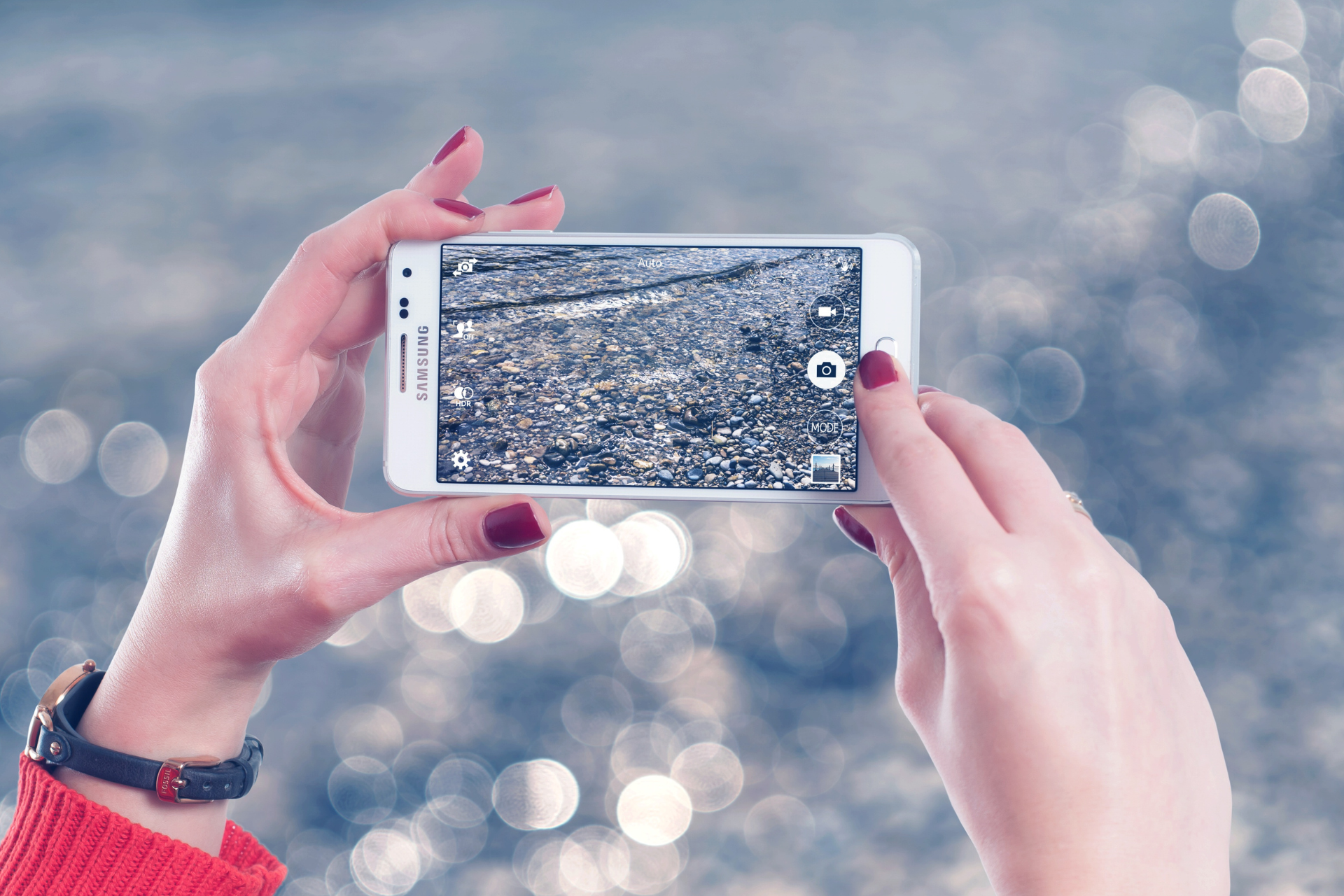


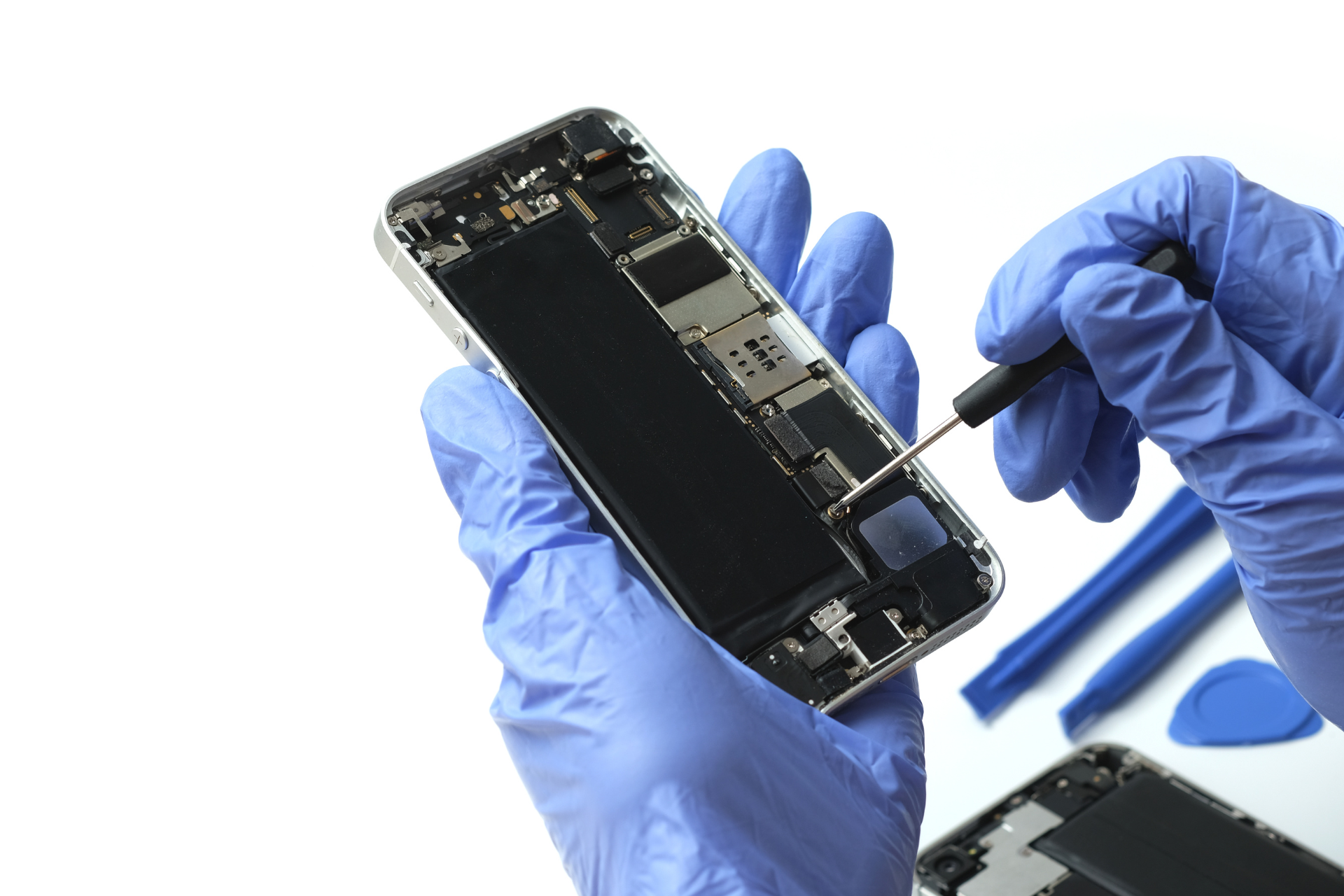
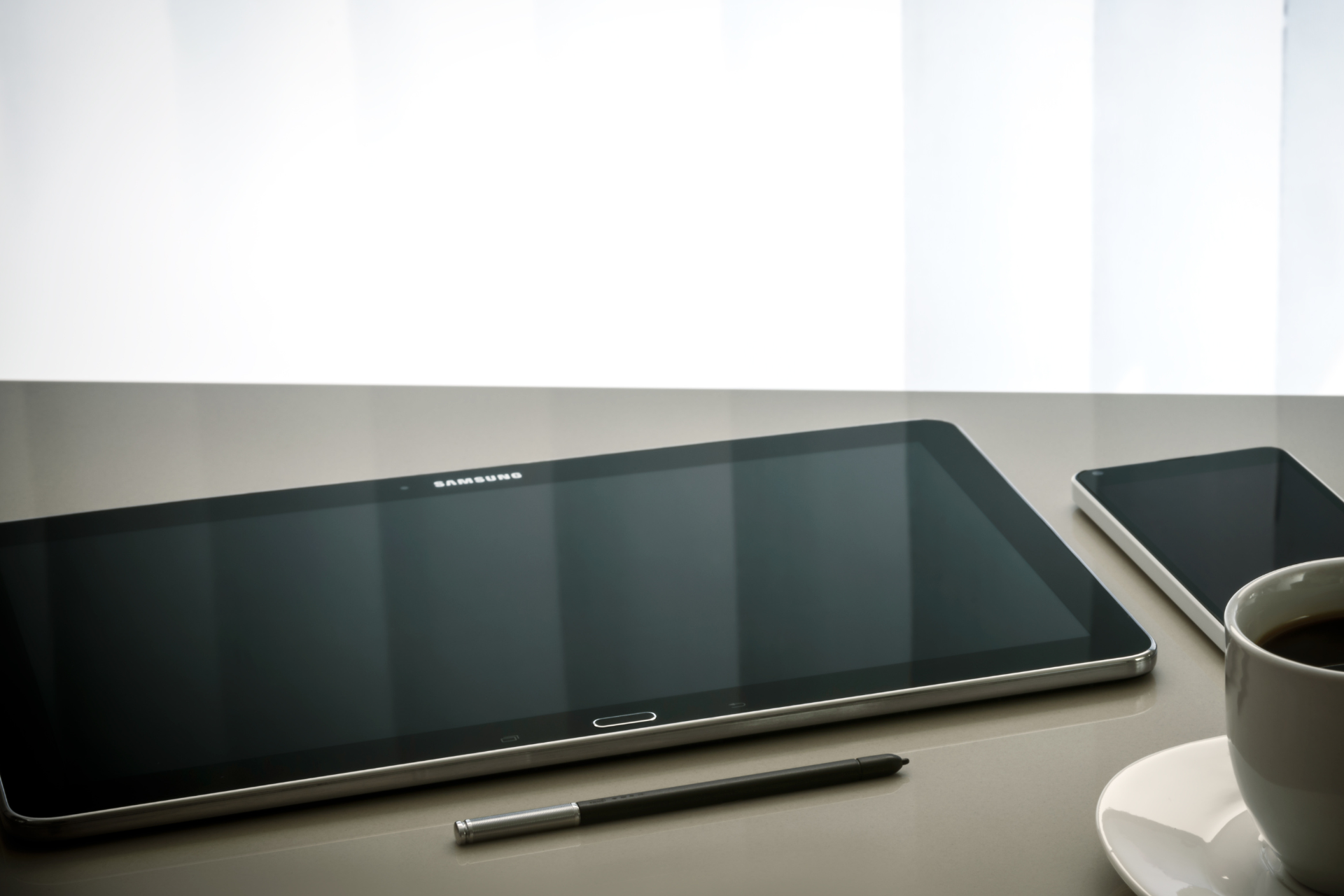

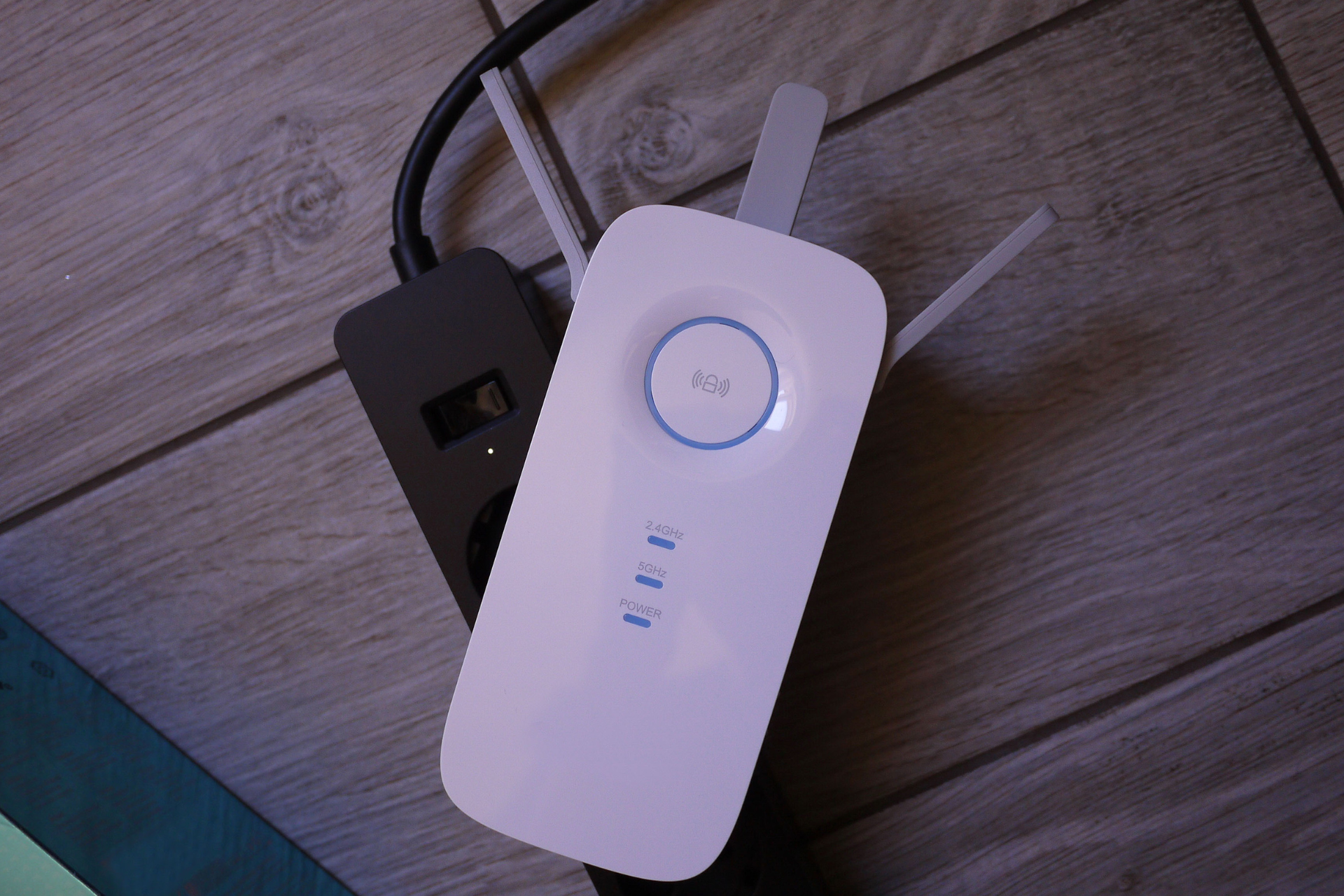
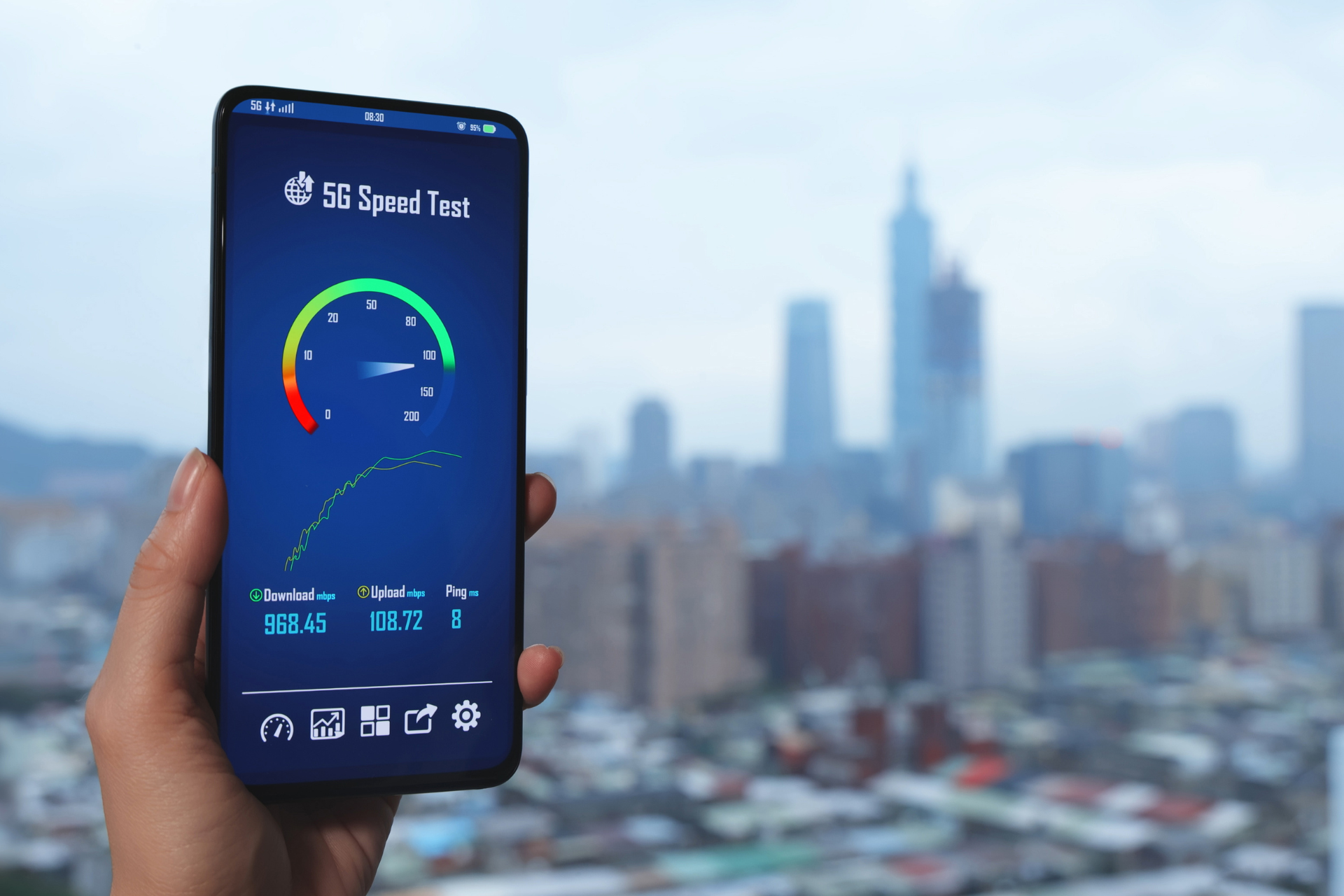
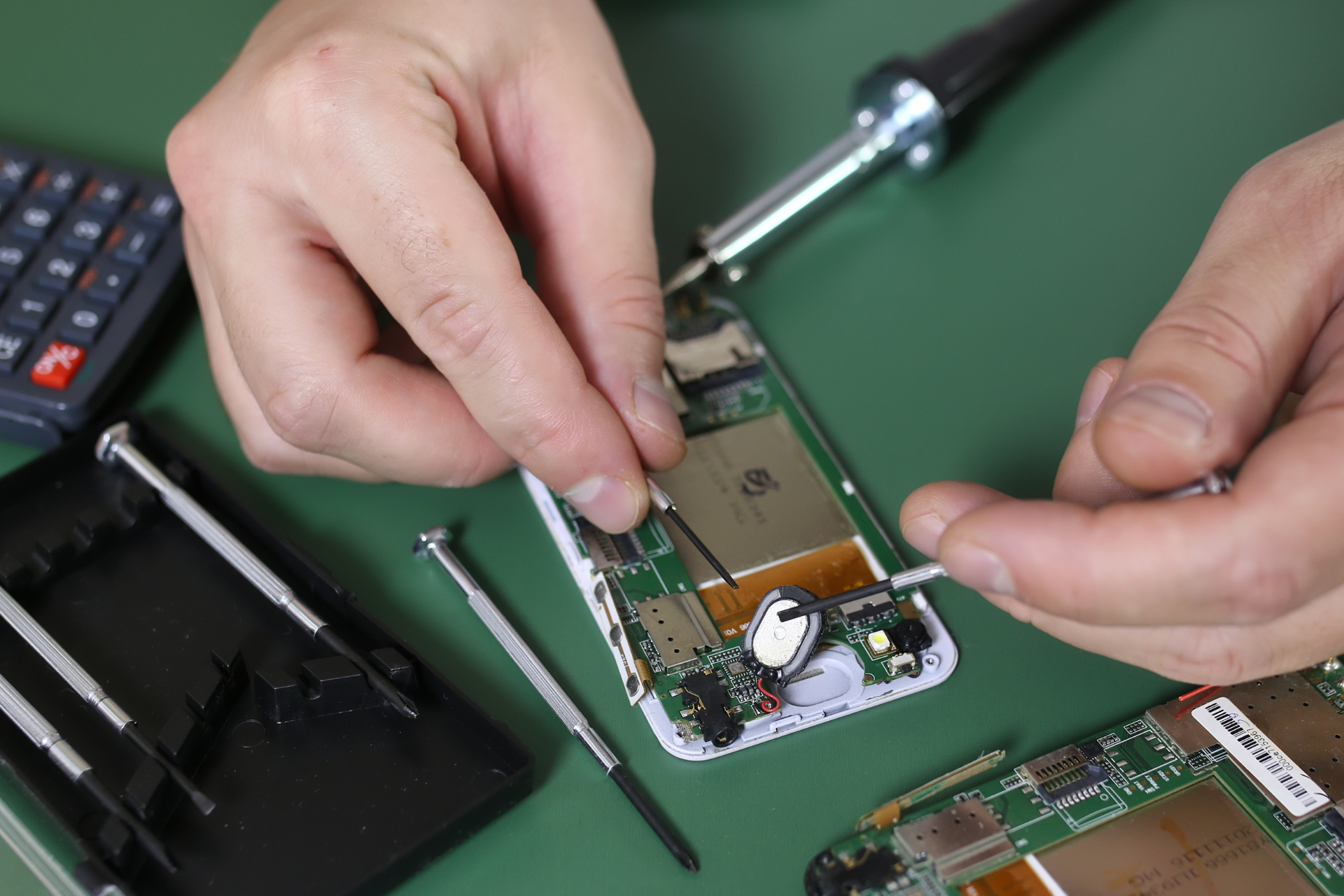

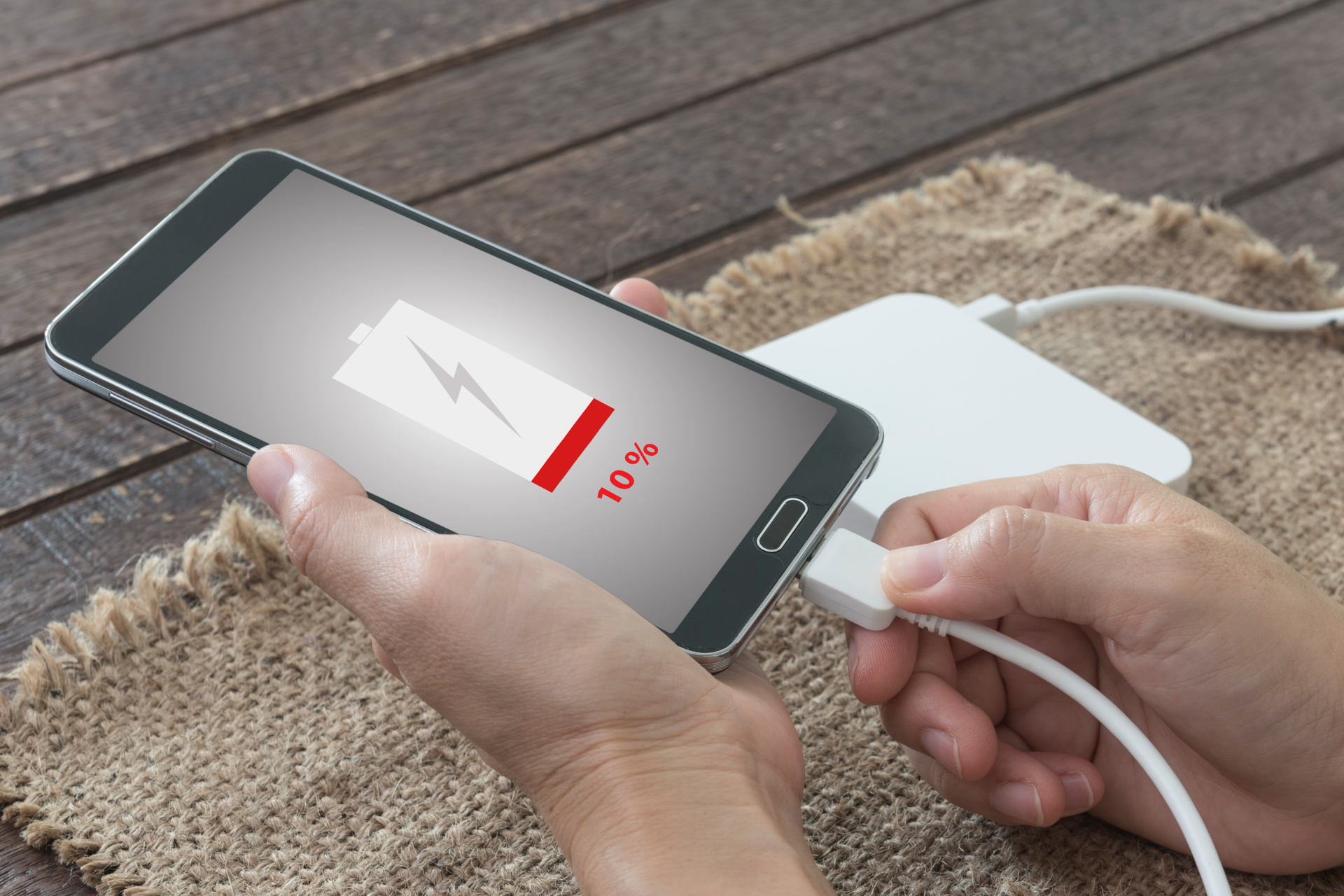
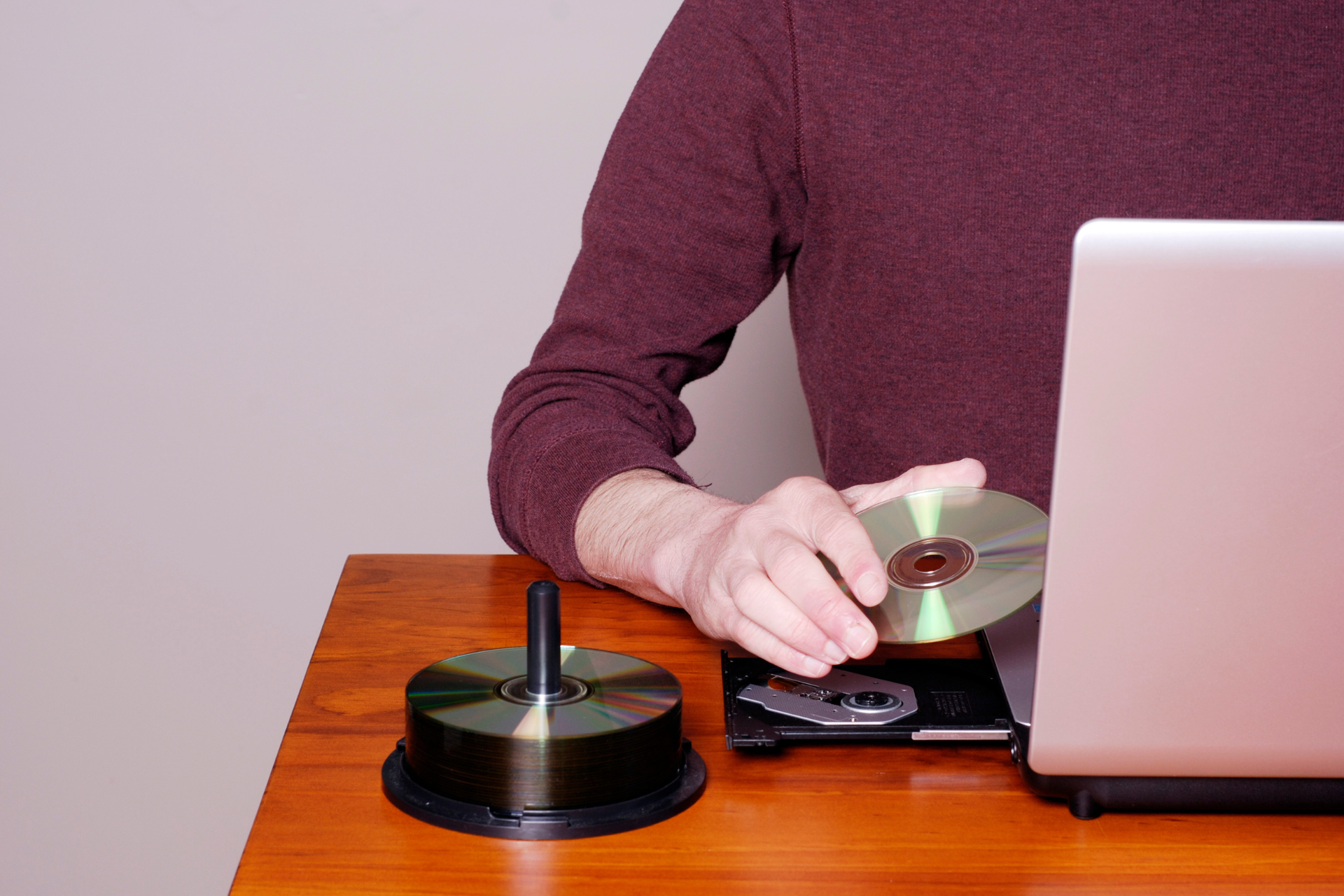
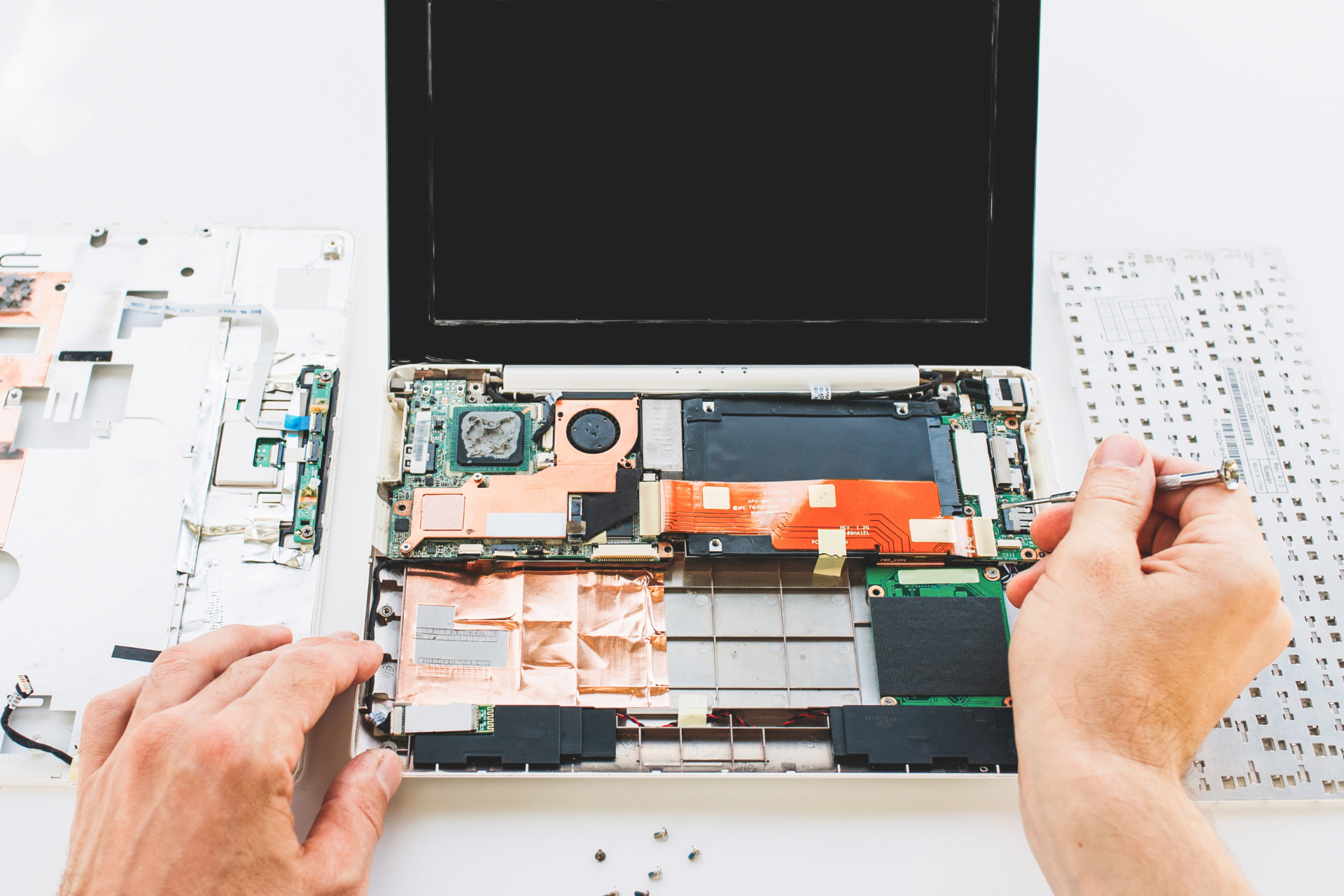
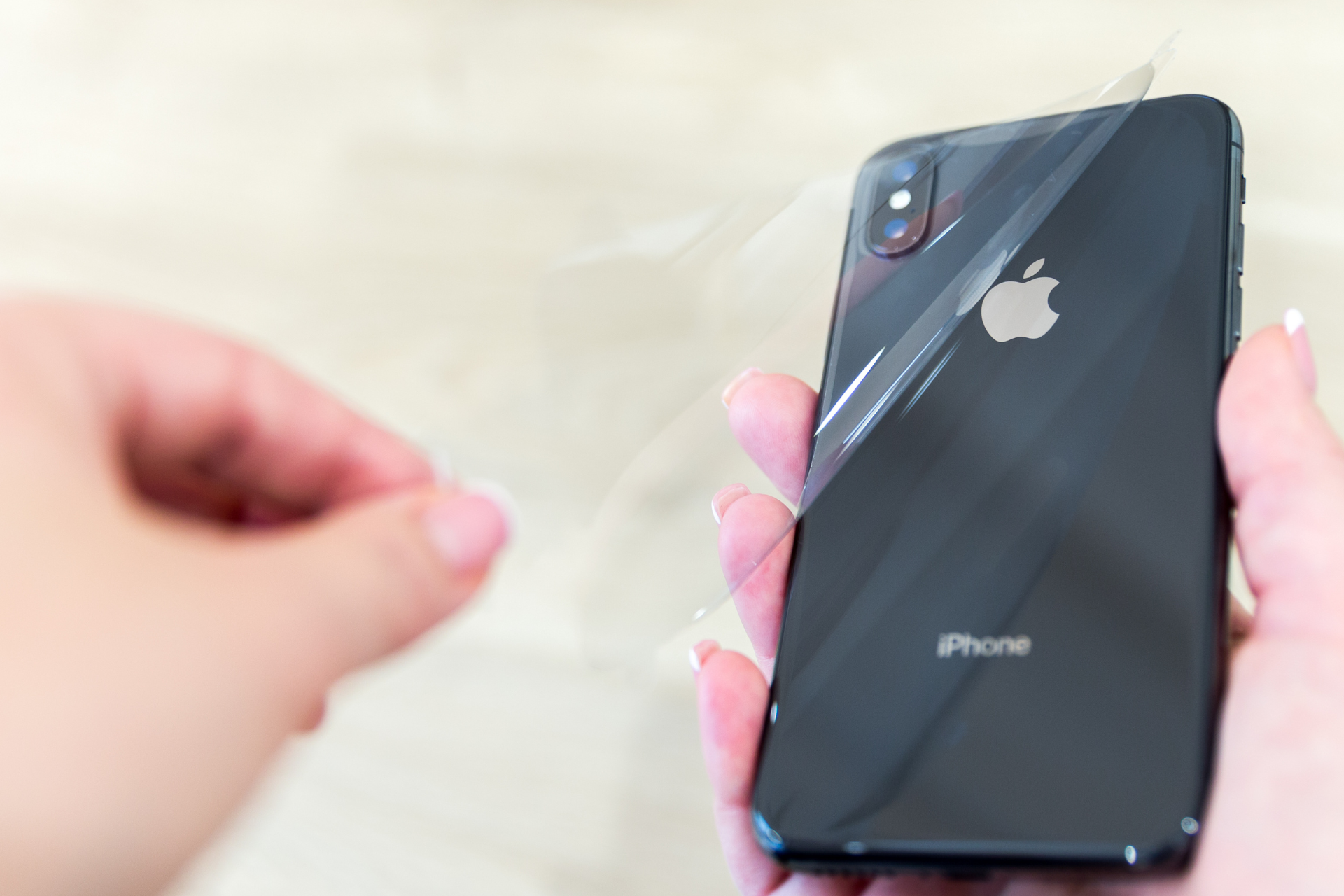

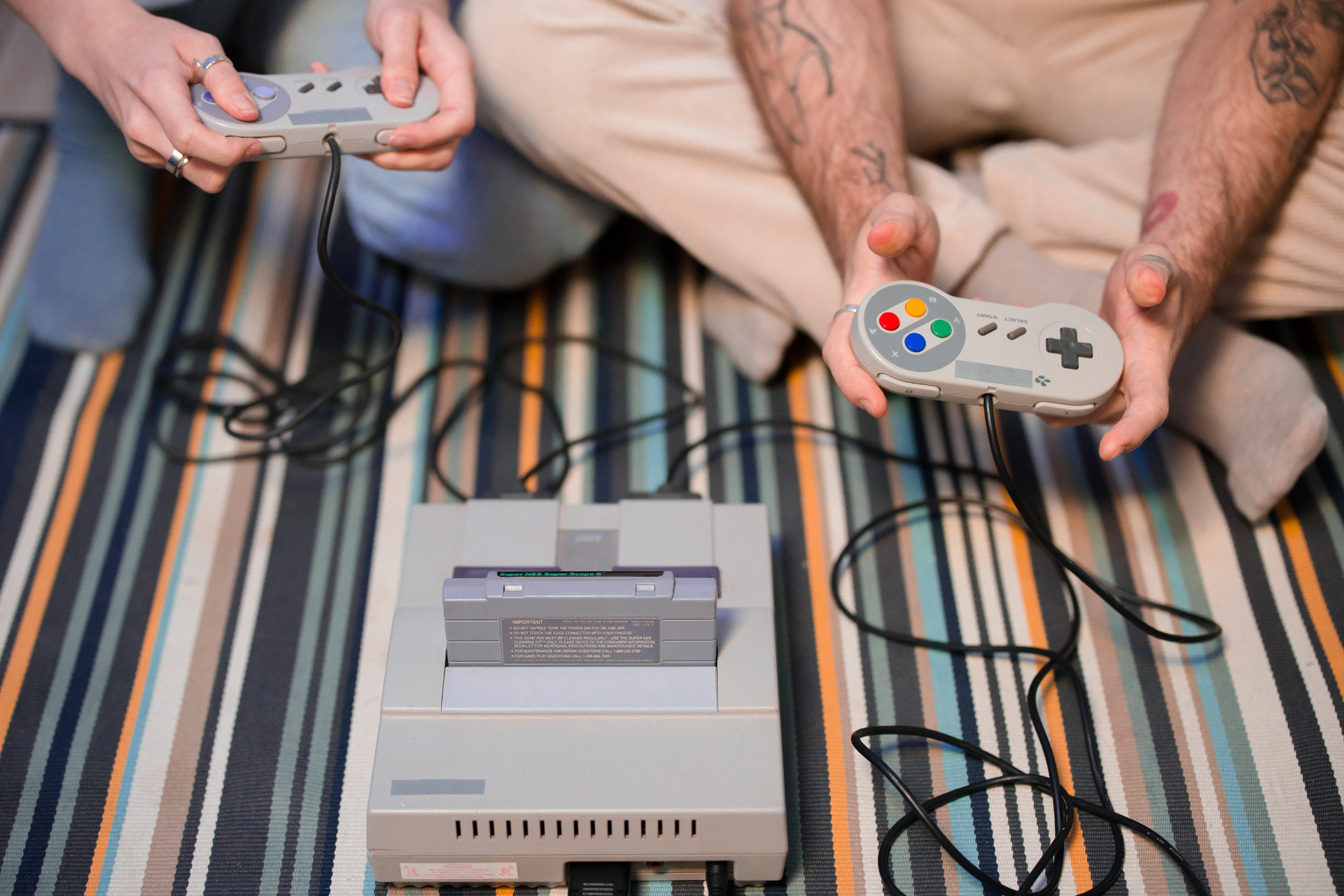

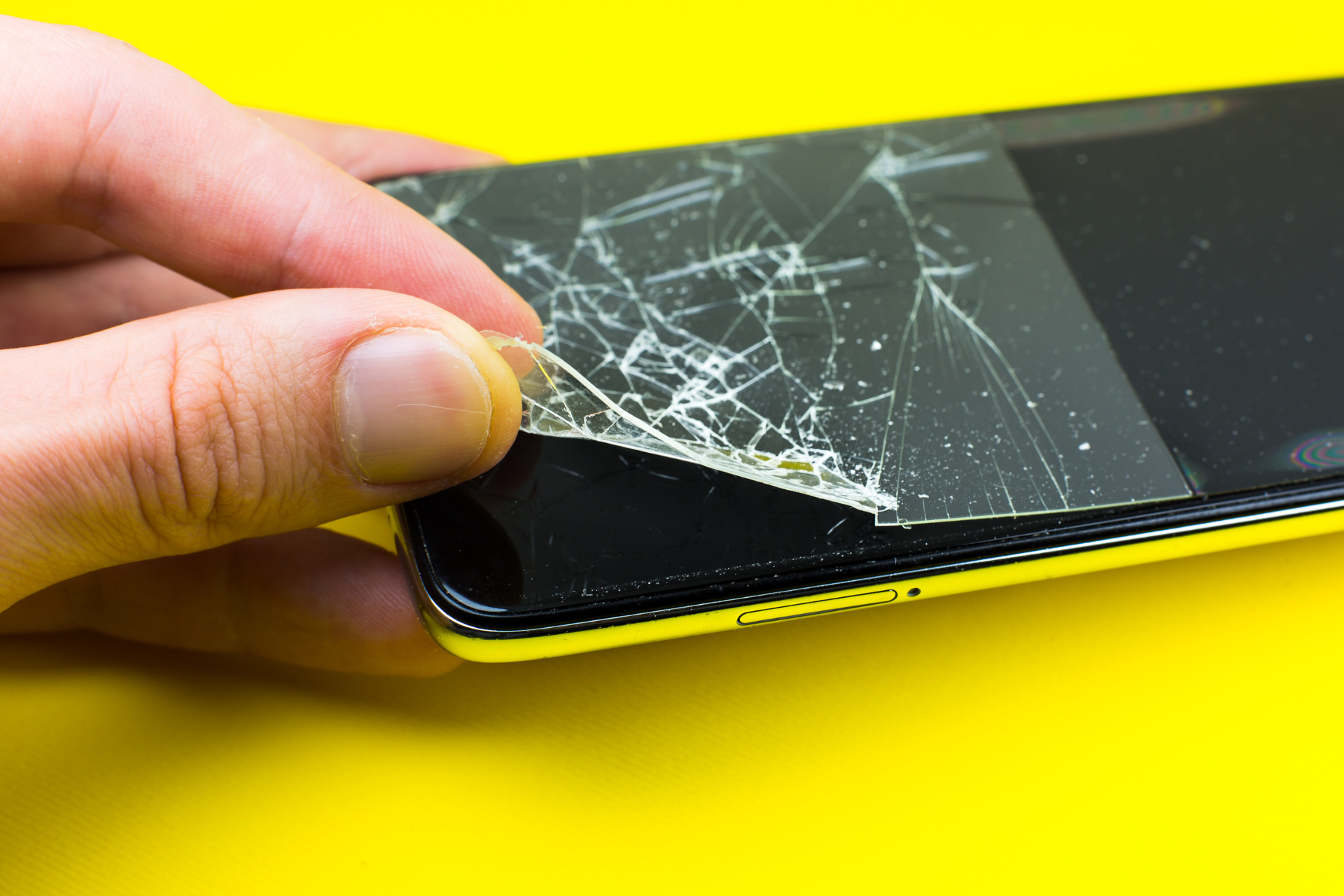
Send us a Message
Have a question? We’re here to help. Send us a message and we’ll be in touch.
We will get back to you as soon as possible
Please try again later
LET'S GET IN TOUCH!
Main Location
Hours:
Monday - Saturday 10:00 am - 7:00 pm
Additional Location
1500 W 3500 S, Kiosk #8
West Valley City, UT 84119
Hours:
-Thursday - Friday 12:00 pm - 7:00 pm
-Saturday 10:00 am - 7:00 pm
-Sunday 10:00 am - 6:00 pm
